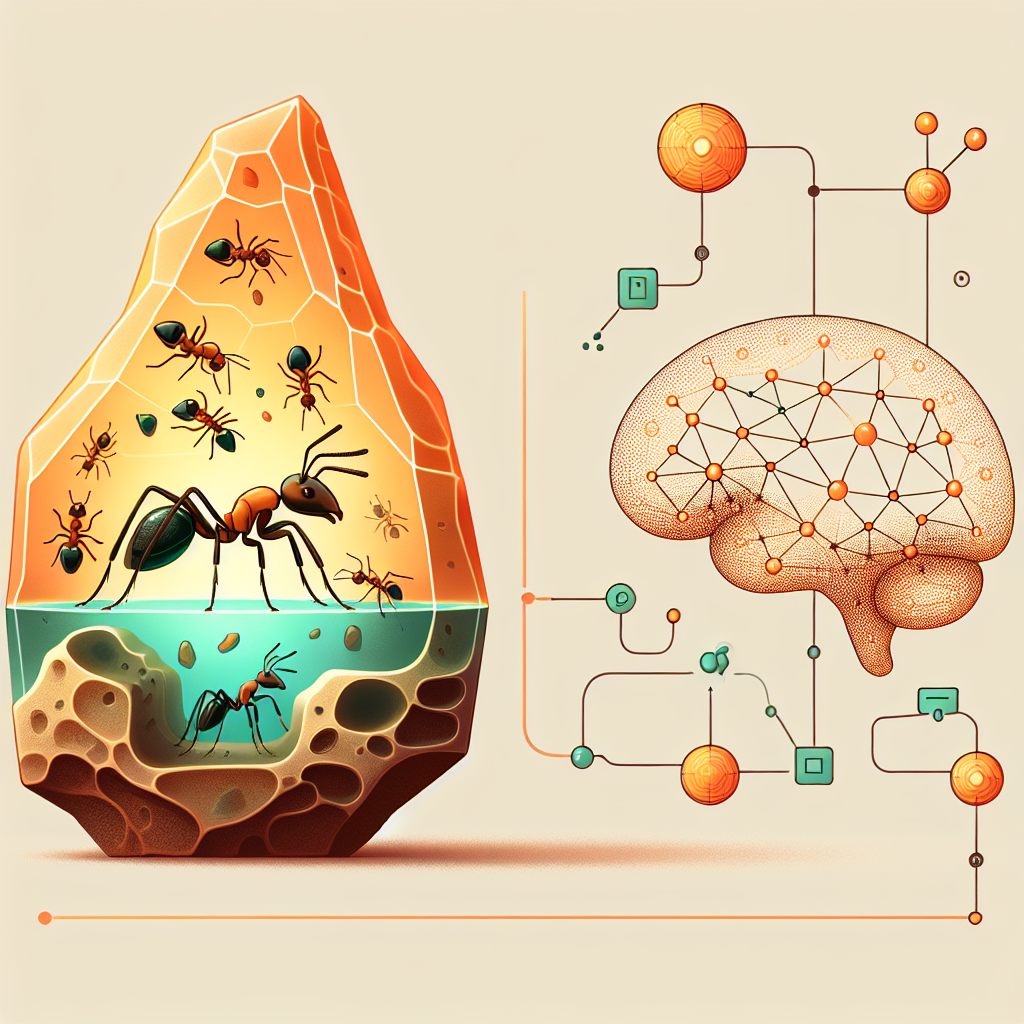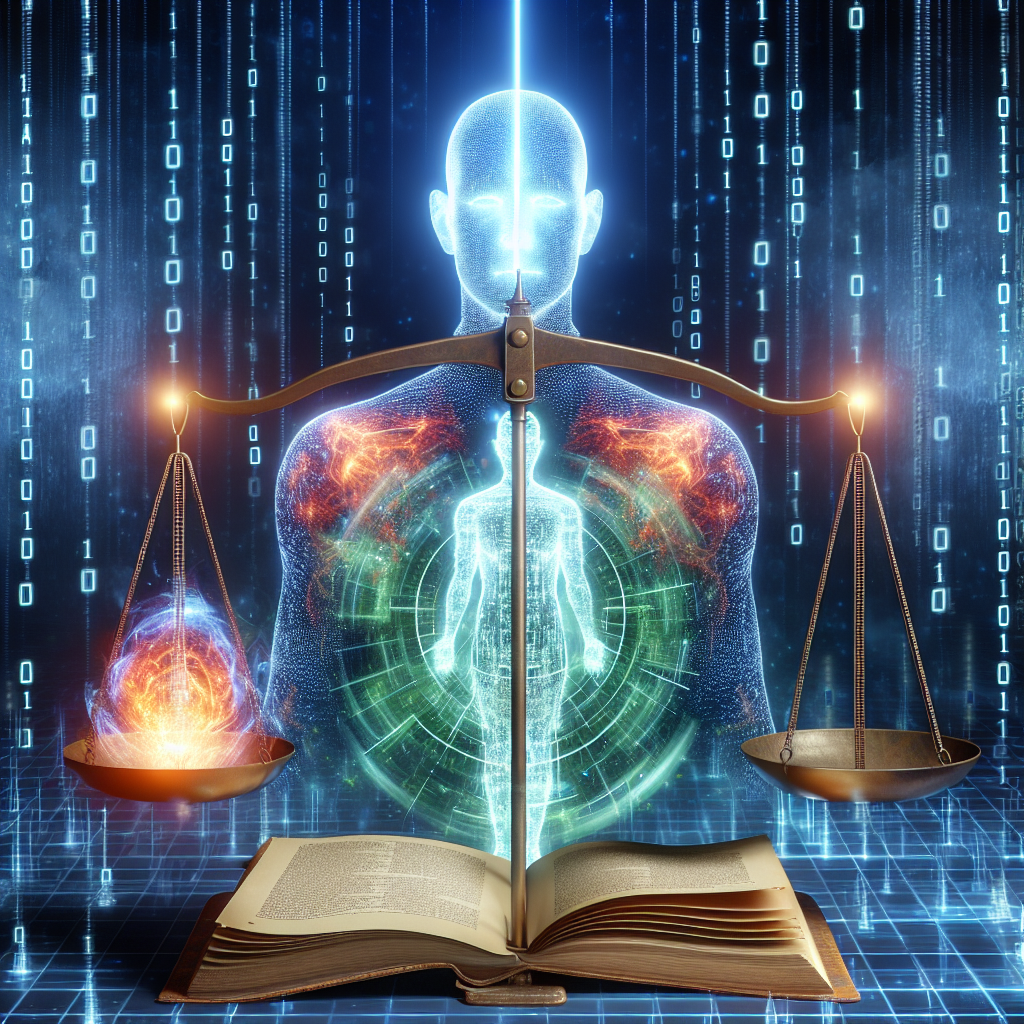At first glance, ants might seem like the last creatures you’d associate with artificial intelligence. They’re tiny, their brains are smaller than a grain of sand, and they operate with astonishing simplicity. Yet, in their collective behavior lies a kind of “emergent intelligence” that has deeply influenced how modern AI systems learn, adapt, and solve problems. In fact, long before neural networks became mainstream, researchers were studying how ant colonies organize themselves — and what they discovered forever changed the way machines think.
Ant colonies thrive without a central leader. No single ant knows the master plan, and yet together they can build complex networks, optimize food collection, and adapt to environmental changes. This self-organizing behavior inspired one of the most fascinating areas of AI research: swarm intelligence. In swarm-based systems, individual agents (like virtual ants) follow simple rules locally, but their collective behavior gives rise to powerful problem-solving abilities. The lesson was clear — intelligence doesn’t always require a brain; sometimes, it emerges from interaction.
In the late 1980s, computer scientist Marco Dorigo developed the Ant Colony Optimization (ACO) algorithm, directly inspired by the way real ants find the shortest path to food sources. In nature, ants lay down pheromone trails as they move. When one finds food, it returns to the nest while reinforcing the trail with more pheromones. Other ants follow the strongest scent, and over time, the shortest routes accumulate the most pheromones. This simple feedback loop naturally filters out inefficient paths. AI researchers turned that concept into mathematical models capable of optimizing routes, networks, and even complex scheduling systems. Today, ACO principles help design traffic flow algorithms, telecommunications networks, and even delivery logistics.
What makes this fascinating is how ants “think” through action rather than conscious reasoning — a principle that AI systems increasingly emulate. In machine learning, especially in reinforcement learning, agents learn not by being told what to do but by exploring, failing, and adapting based on feedback. Similarly, ants explore randomly at first, then converge on better solutions through collective reinforcement. In both cases, trial and error becomes a path to efficiency.
Ants also inspired concepts in distributed computing. In nature, no single ant holds all the information, yet together they can respond to threats or opportunities faster than most centralized systems. AI researchers realized that decentralized coordination could make algorithms more resilient. That’s why systems like sensor networks, drone swarms, and even robotic rescue teams often rely on ant-like communication — simple, local interactions that scale into complex, coordinated responses.
Another overlooked insight from ant behavior is adaptability. When an obstacle blocks their path, ants don’t panic or wait for instructions. They quickly reorganize, find alternative routes, and share this information across the colony through pheromone updates. In modern AI, this adaptability is mirrored in dynamic optimization, where algorithms constantly adjust to changing conditions, such as fluctuating internet traffic or evolving stock markets. The ants’ flexibility became a blueprint for building robust, self-healing systems.
Interestingly, even the apparent inefficiencies in ant colonies — like redundancy or overlapping tasks — have proven valuable. In computing, redundancy is often seen as wasteful, but ants demonstrate that a bit of overlap ensures stability and fault tolerance. If one ant fails, another can fill the gap. Likewise, distributed AI systems use redundancy to stay operational even when parts fail — a lesson taken straight from nature’s playbook.
Ultimately, what artificial intelligence learned from ant colonies is humility: that intelligence isn’t always about complexity, but about cooperation, adaptability, and feedback. Ants show that even with minimal individual capacity, collective behavior can produce results that seem almost miraculous. As AI continues to evolve, researchers still turn to the natural world for inspiration — because, sometimes, the smallest creatures hold the biggest secrets about how intelligence truly works.
In the quiet march of an ant line, modern AI found one of its most profound teachers.





